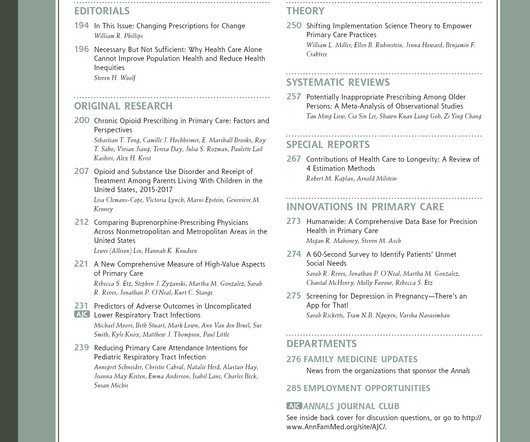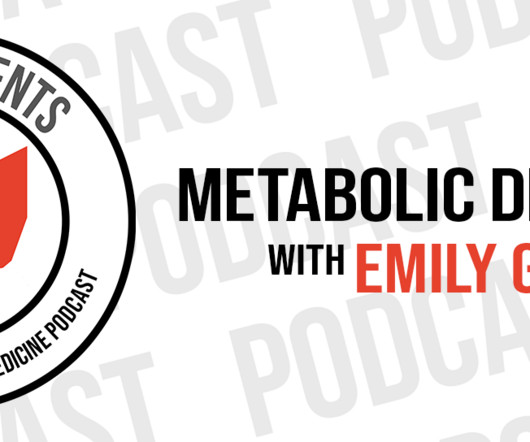Exposure to high-priority drug-drug interactions among non-elderly adults in Quebec: a cohort study [Prescribing and pharmacotherapeutics]
Annals of Family Medicine
NOVEMBER 20, 2024
Dataset: Quebec administrative health databases containing de-identified prescription drug claims, ER visits, hospitalizations, and medical acts held by the National Institute for Excellence in Health and Social Services (INESSS) were used. 2) Hazard ratio for an adverse event (emergency room visit, hospitalization, or death).












Let's personalize your content